The Archaeological Museum of Corfu is a tiny museum, specially when you compare them to the museums in London, New York, Madrid, Berlin, and other major cities. Its not tiny, its very cute but it spoke to me. Hardly 4 rooms but it was well worthwhile. Seriously good, if you get a chance, do go take a dekko at it.
You walk up to the first floor where there are four large rooms, but on the left of the landing, here’s this huge funerary pot, around 6cBC. 

Water sprouts on the wall.
Then I move into the first room. Here are some of the exhibits. 
Then busts of various people such as Meander, Aphrodite, Zeus, Aphrodite, a Negro woman etc. 






Household objects
Objects made out of bone for domestic use like knitting, handles, stylus, etc.
There was a small shrine of Artemis, around 480 BC. It contained all these clay statues of the goddess. 

Behind this little wall in the middle of the room, is this pediment dating back to 500 BC. 

And besides couple of displays, we move into the next room. 
This is the Gorgon Pediment from the temple of Artemis. Huge baby. The temple must have been huge. Here are some of the closeup’s of the pediment. 





This is the plaque below the pediment. I hope you can read it. I didnt know that Gorgon gave birth to Pegasus and Chrysaor. 
A headless torso of Apollo on the passageway as I move to the next room. 
Then moved into the 3rd room, these are bronze plates proclaiming foreigners who offered services to the city. 




The next room is lined with more display cases with vases, implements and statutes which were found in various locations over Corfu. 
A strange carving of a lion, 7th century BC. 
Aphrodite. 





More display cabinets on the sides of the room. Not well displayed I am afraid. But some of the pottery was exquisite. 
I move back into the landing where these large funerary and storage jars are kept, plus this fascinating stele. Strangely enough, there is no description of what it is about.
Then I move into the last chamber (photography is prohibited here for some reason, but what the hell…)
Some stuff they found in tombs whose layout is shown on the wall. 




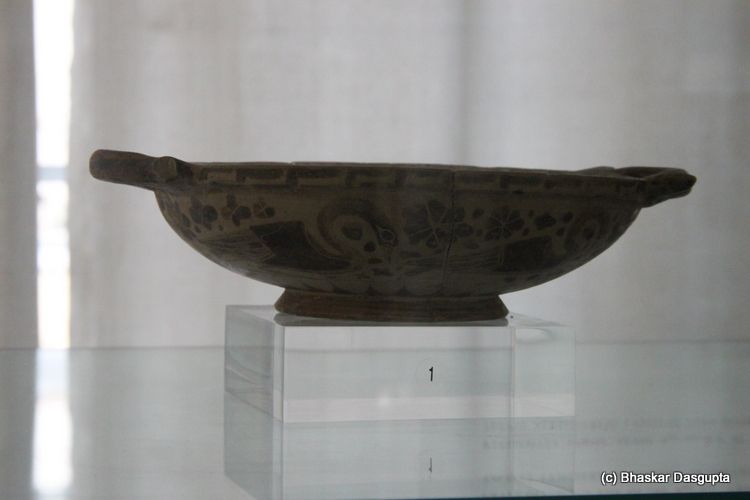






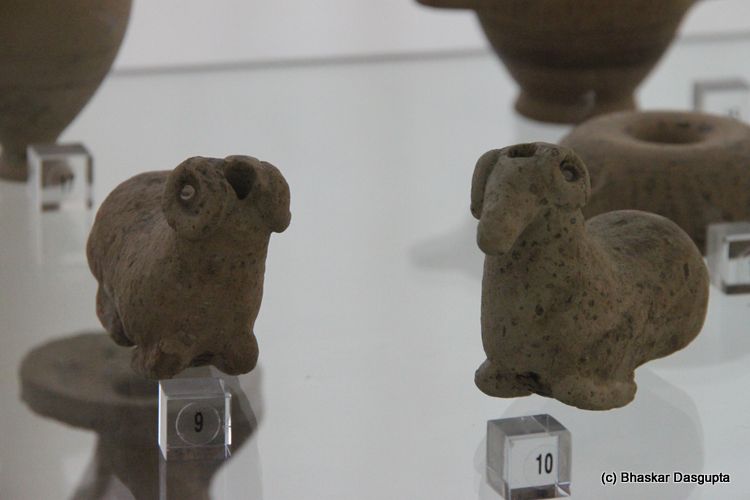

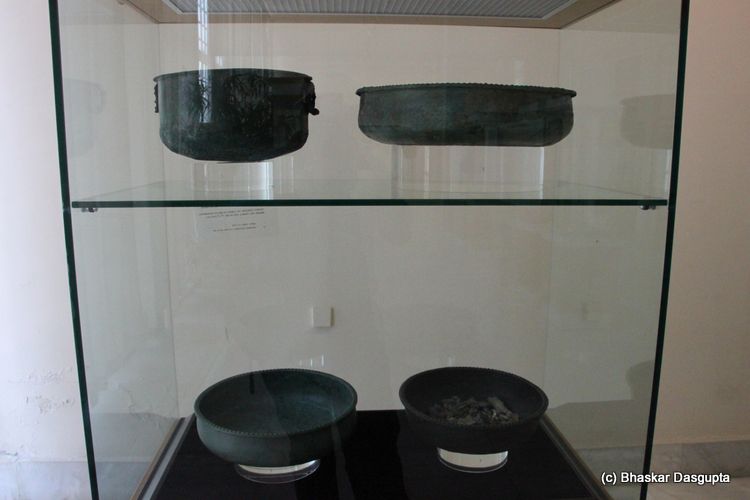

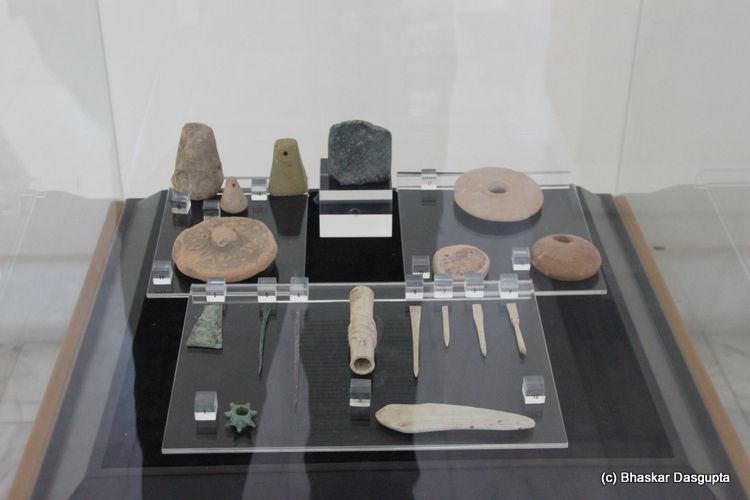
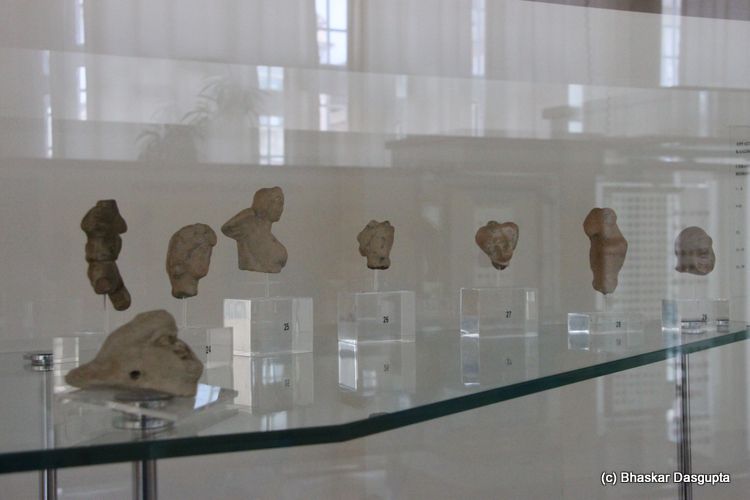

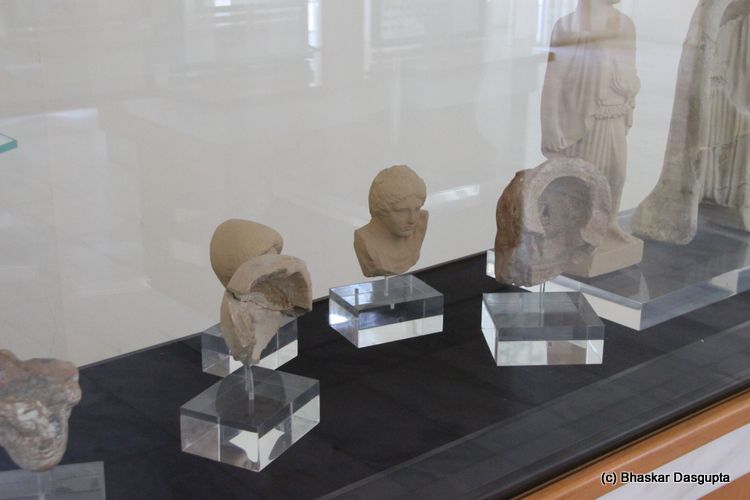
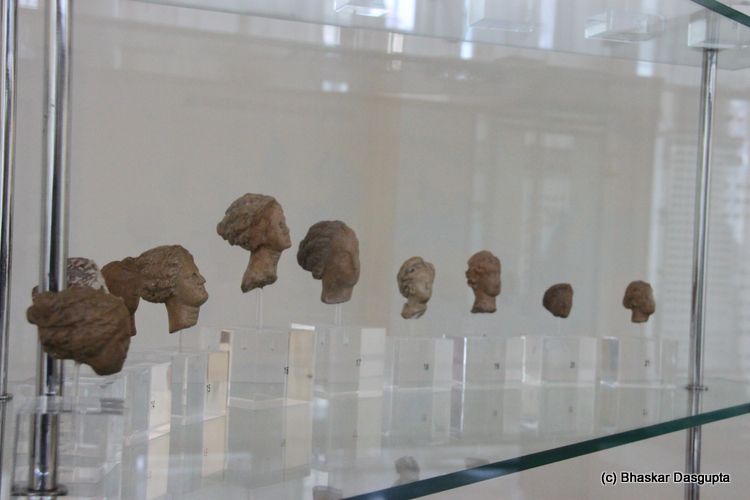
A row of heads, found inside the graves. I wonder what they were for?
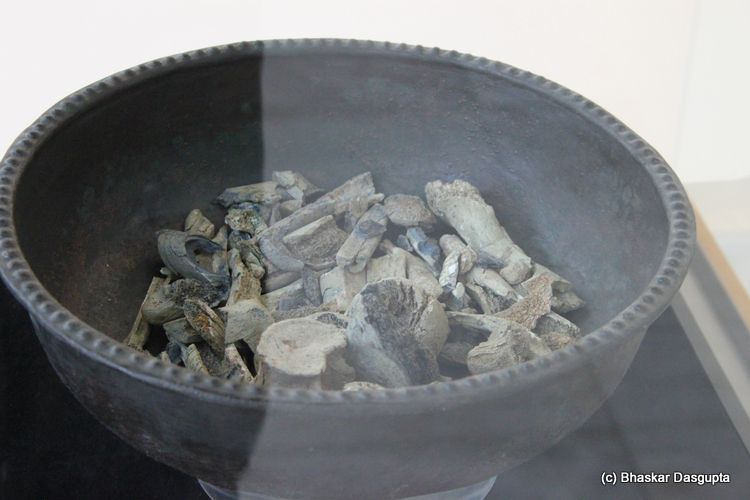
I found this strange, a bowl full of bones from an ancient cemetery. Why?
Two large displays for coins.
Then moved back outside and down to the foyer of the museum where there are some displays. 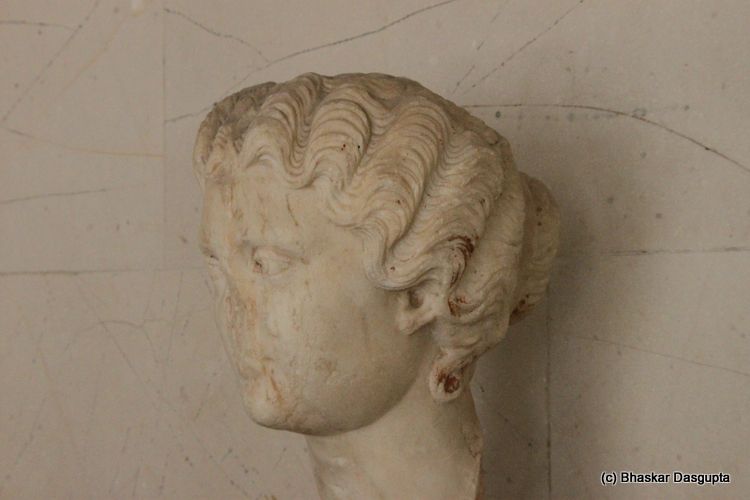
This is the marble head of the roman empress Faustina, wife of Marcus Aurelius. 175 AD. 
Fertility symbols, going back to 3200 BC. 
Warriors in Bronze.
Corfu has had a brilliant history, going back to pre-Grecian times to the Roman times to the Scicilians to the Venetians to the French and then to the British and then to the Greeks, then to the Italians in WW2 and then the Germans in WW2 and then back to Greece after WW2.
Corfu has an amazing history, one big surprise to me was to learn how hard it fought against the Ottomans, perhaps more strongly and longer than the fight at Vienna. People remember Vienna and they remember Tours but very rarely people remember Corfu, the place which gave a bloody nose to the Ottomans, not just once but many times. Quite impressive indeed, for this tiny island to kick off the imperial Ottomans regularly. This was primarily because of the excellent fortifications that the Venetians did and is the subject of the next photo essay.











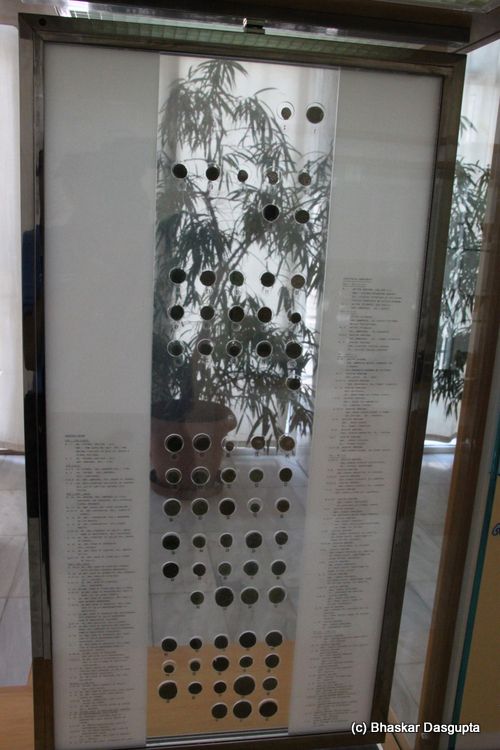
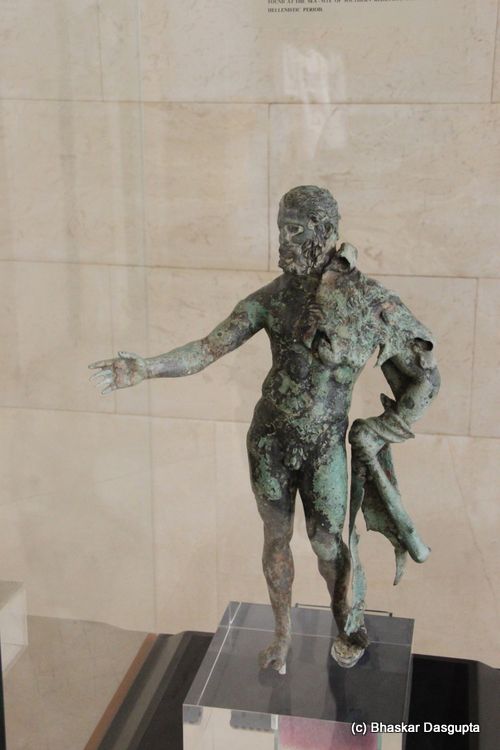
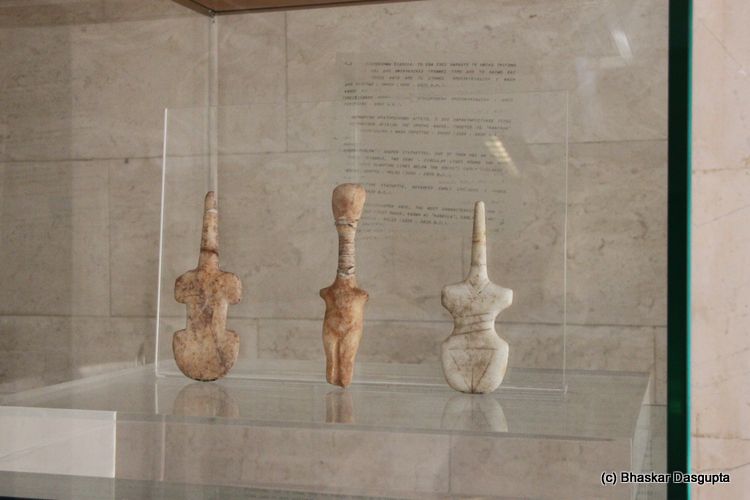
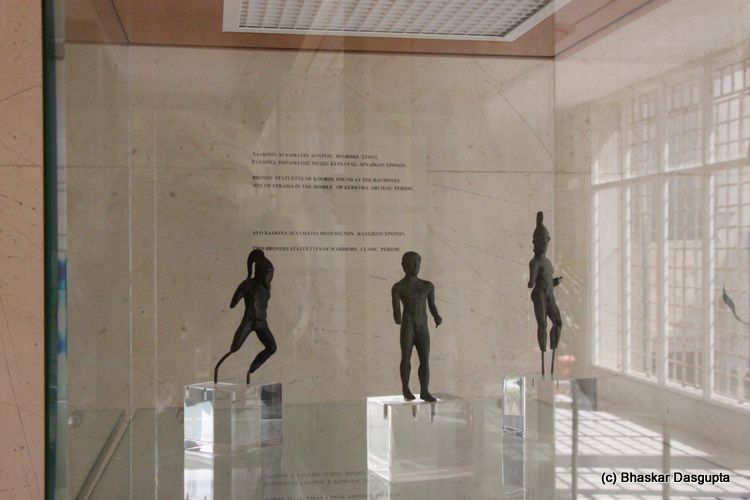

No comments:
Post a Comment